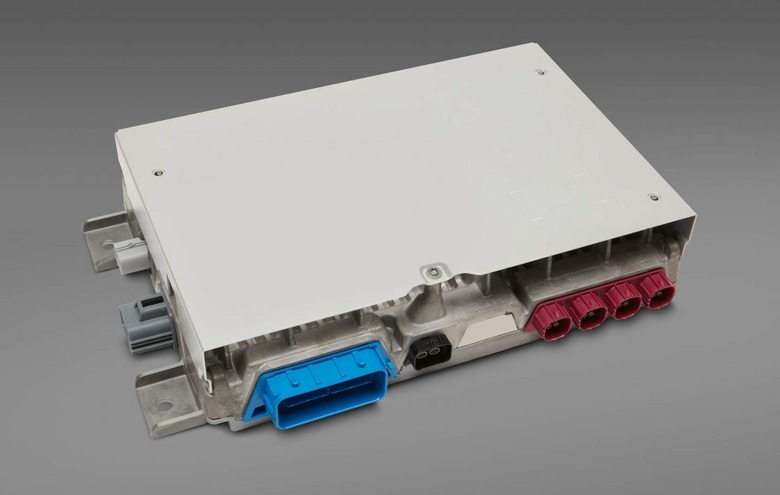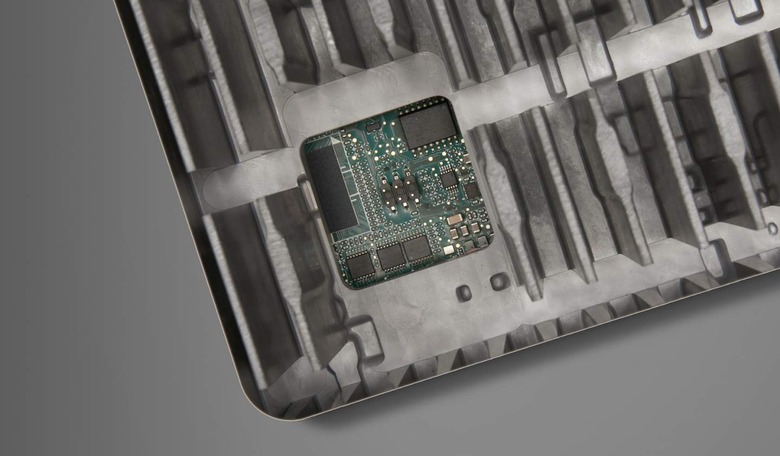GM Ultra Cruise Reveals The Brain Of Its Hands-Free Door-To-Door Driving Tech
GM has revealed the brain for Ultra Cruise, its upcoming door-to-door hands-free driving system, which the automaker aims to have in dealerships by 2023. Announced in October 2021, Ultra Cruise builds on the Super Cruise system already offered on select Cadillac, GMC, and other models, expanding the hands-off system to a claimed 95% of all driving scenarios.
Super Cruise, in its current form, allows the driver to take their hands off the steering wheel on certain divided, pre-mapped highways. While the human in the driver's seat is still officially responsible for the car's operation, they don't need to touch the steering in order to keep the vehicle's position in the lane.
More recent updates to Super Cruise have added the ability for vehicles to automatically change lane so as to maintain their set speed, as well as deal with situations where a trailer or other item is being towed. Leave an area where Super Cruise has mapping for, however – such as pulling off the highway and onto surface roads – and the system will deactivate. That's where Ultra Cruise is set to step in.
GM's goal is a system where a driver can set a destination and have Ultra Cruise handle door-to-door driving. Though it won't be a "true" autonomous driving setup – where the human participant is no longer responsible, and the car takes over completely – it'll nonetheless be a much more capable system than what is currently offered. That, unsurprisingly, requires a similar jump forward in onboard processing.

The result of that demand is the new Ultra Cruise compute system. Roughly the size of two laptops stacked atop the other, GM says, it's based on Qualcomm's Snapdragon Ride platform – indeed, it's the first to use that – with two Snapdragon SA8540P SoCs and one SA9000P AI accelerator. It'll be responsible for handling the inputs from cameras, radar, and LIDAR, feeding the resulting sensor fusion into a proprietary GM software stack that the automaker developed in-house.
In addition to Snapdragon Ride, there's an Infineon Aurix TC397 onboard too. That's a dedicated chassis, powertrain, connectivity, and autonomous driving microcontroller, intended to securely manage system safety. It's ASIL-D compliant, GM points out, the Automotive Safety Integrity Level rating of "high risk reduction needed." In short, it's responsible for mission-critical systems which – if they were to fail – could result in serious injury or death.

The Ultra Cruise system will be woven into GM's Ultifi platform, a software-first architecture for its upcoming vehicles based on the GM Vehicle Intelligence Platform. That'll also allow for deep upgrade support, where most if not all of the vehicle's various systems are capable of software updates over time, pushed out OTA (over-the-air). That could be used to add new features or safety systems as GM develops them.
The resulting compute system is air-cooled, for simplicity, and a core part of vehicles with Ultra Cruise functionality. Assuming it arrives on time, the tech should offer a big step forward for owners. "Customers will be able to travel truly hands free with Ultra Cruise across nearly every road including city streets, subdivision streets and paved rural roads," GM said last year, as well as the highways where Super Cruise currently operates.
GM says it expects Ultra Cruise to debut in 2023, with luxury nameplate Cadillac getting the technology first. That'll include the upcoming Cadillac CELESTIQ, which will be fully-electric.
